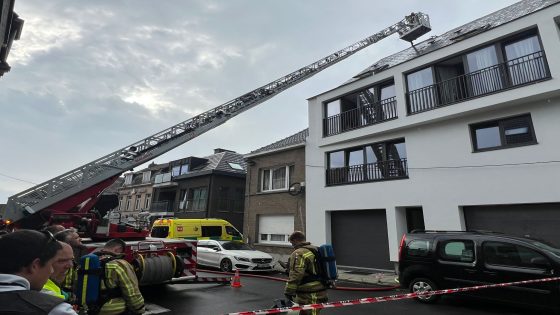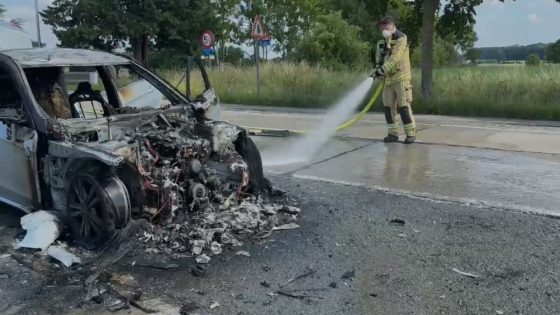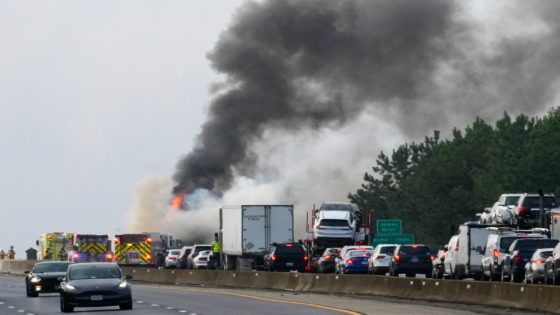Lightning strikes are a serious concern in Belgium, as demonstrated by the recent incident in Ninove. On the evening of 2 July 2025, a powerful thunderstorm caused significant damage to residential buildings in the Koepoortstraat and Sint-Jorisstraatje areas. The storm’s impact was felt strongly around 21:30 local time, when lightning hit an apartment block, disrupting electrical systems and causing smoke to rise from the roof.
- Lightning strike caused damage to apartments
- Fire department responded promptly at 18:45
- Electrical devices and wiring were damaged
- Smoke prompted firefighters to use elevator
- No injuries; residents evacuated safely
- Police secured area for emergency response
Emergency services responded swiftly to the scene, with the South-East fire brigade arriving at approximately 18:45 to tackle the aftermath. Despite the damage and the smoke, residents were safely evacuated, and no injuries were reported. How prepared are Belgian households for such sudden weather events? And what measures can local authorities take to minimise future risks?
This incident highlights the importance of rapid response and community safety during extreme weather. Read on for a concise summary of the event and its implications for local residents.
What can we learn from this event about managing storm damage in Belgian towns? It raises key points about preparedness and response:
- Lightning can cause widespread electrical failures beyond the initial strike location.
- Timely evacuation and fire brigade intervention prevent casualties during such incidents.
- Police cooperation is vital to maintain safety and clear access for emergency teams.
- Community awareness and preventive measures can reduce property damage during thunderstorms.
As we move forward, it is crucial for Belgian residents and authorities to review safety protocols and invest in storm-proofing measures. Are your home and neighbourhood prepared for the next thunderstorm? Staying informed and vigilant can make all the difference.

































